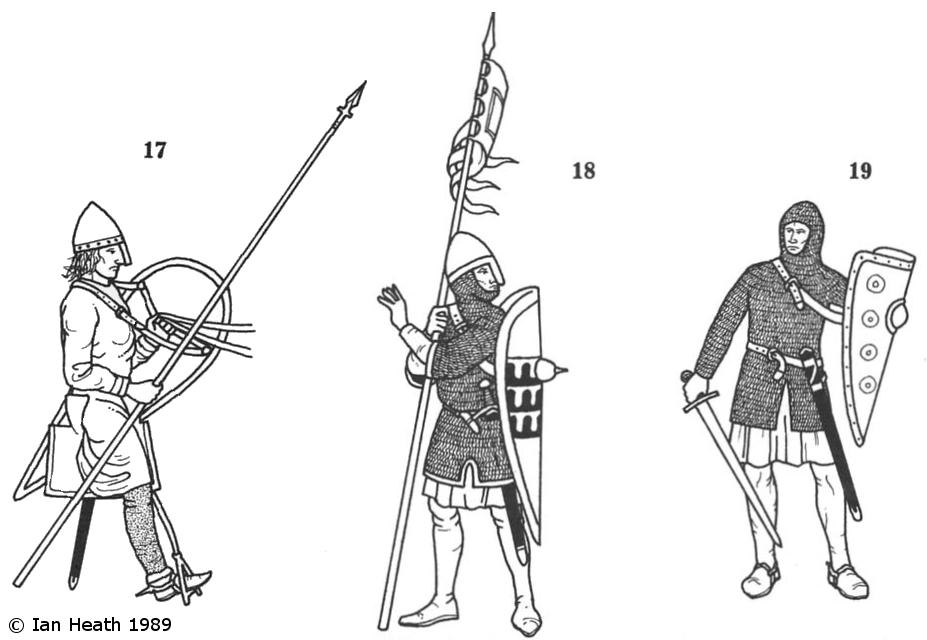
Create an Amazon Wedding Registry
SERGEANTS, 11th-13th CENTURIES
An extract from Armies of Feudal Europe 1066-1300by Ian Heath
 | ||
| [c.f. the Roda Bible] | [Based on the Winchester Bible] | [Based on the Battle of Bouvines in Matthew Paris' 'Chronica Majora'] |
